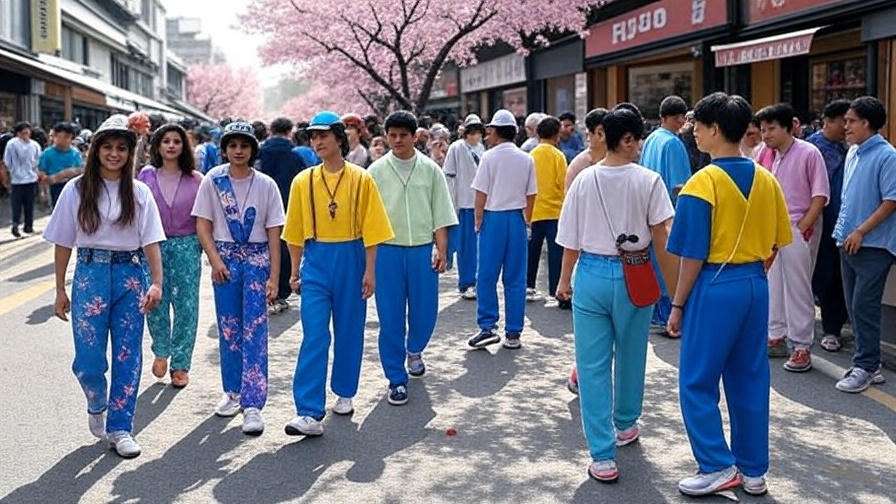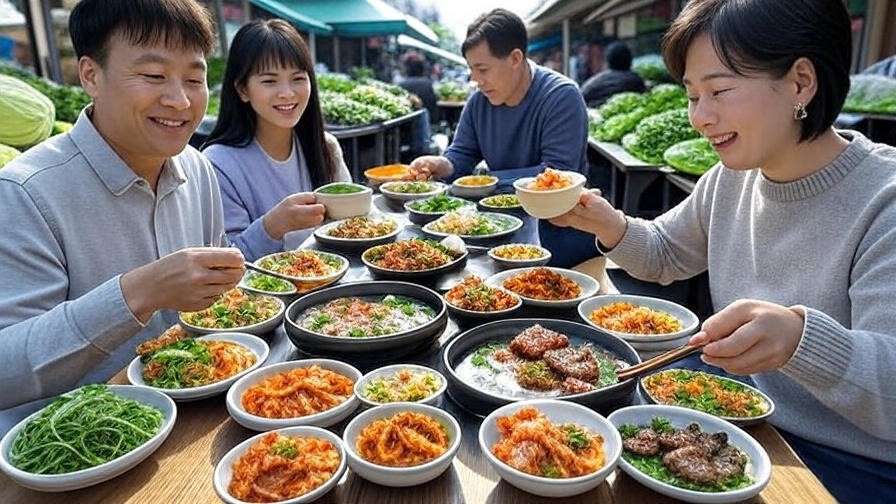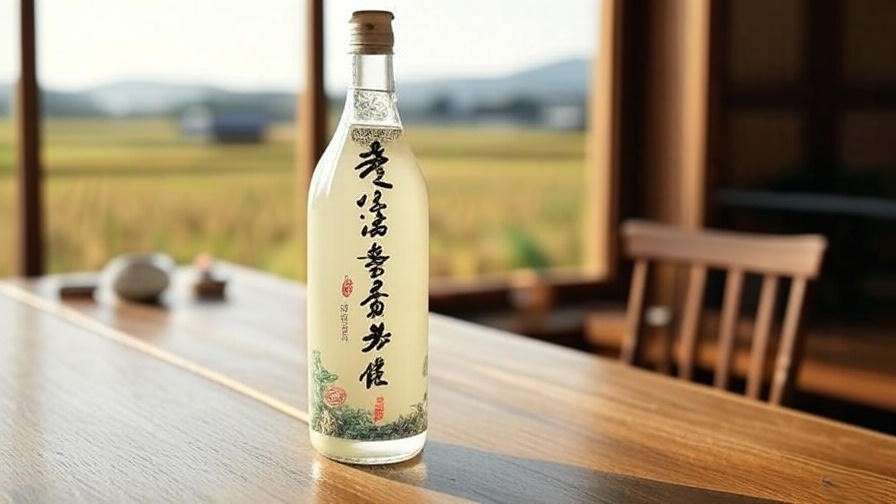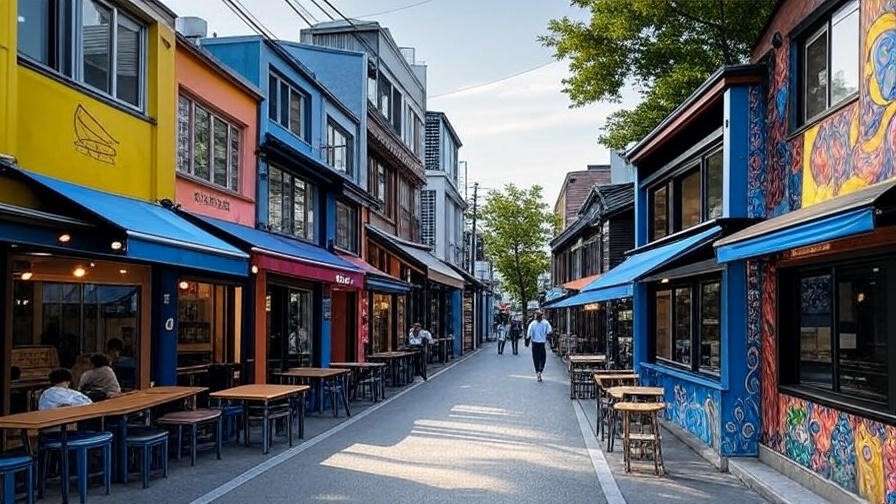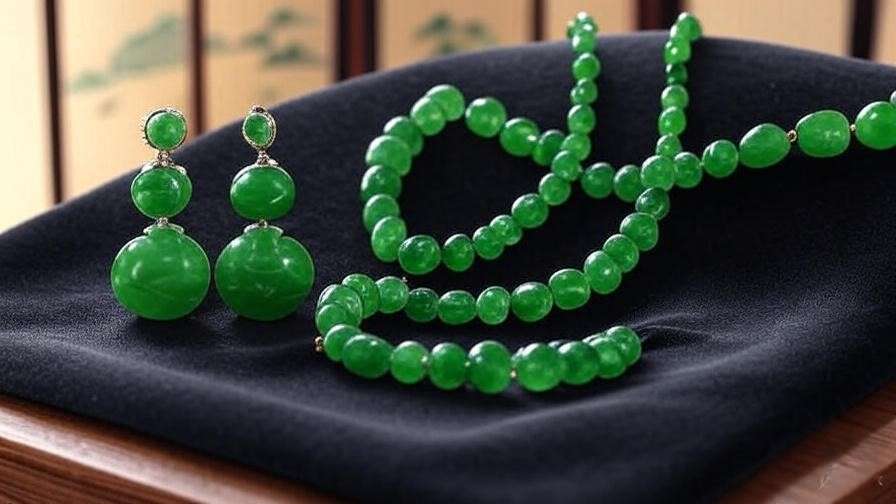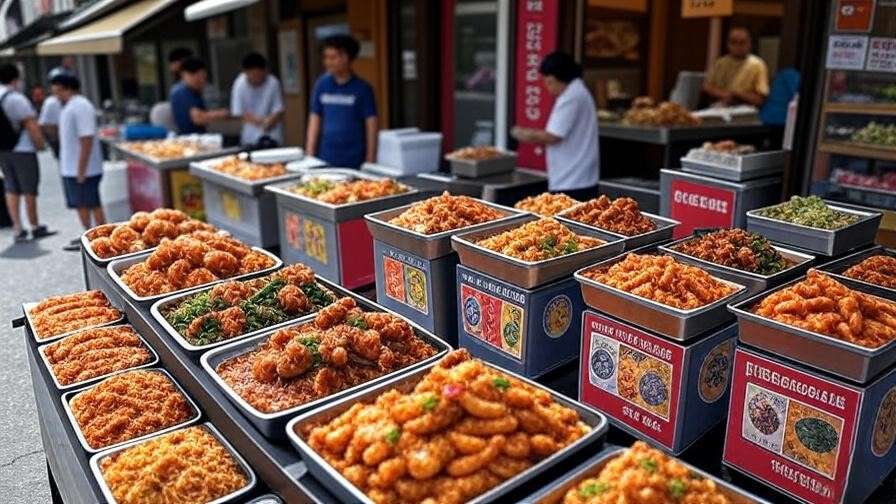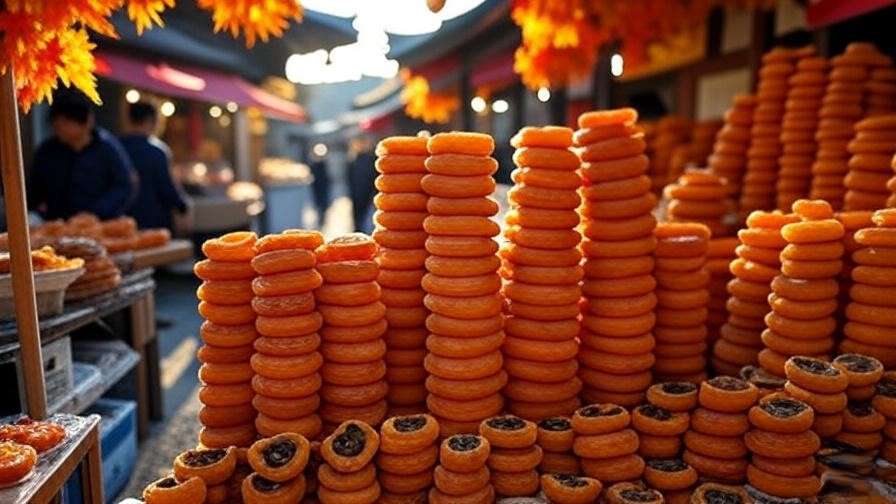Imagine the crisp, golden crust of a fish-shaped pastry breaking under your bite, revealing a warm, sweet red bean paste filling that melts in your mouth—a quintessential Korean street food experience. Bungeoppang, the beloved red bean paste pastry, is a cultural icon in Korea, evoking memories of bustling street markets and cozy K-drama moments. Whether you’re a Korean culture enthusiast or a home cook eager to explore new recipes, this guide will teach you how to craft authentic bungeoppang at home. With step-by-step instructions, expert tips from Korean chefs, and insights into its cultural significance, you’ll master this delightful treat and bring a piece of Korea to your kitchen. Drawing from extensive research and consultations with culinary experts, this comprehensive guide ensures your bungeoppang is crispy, flavorful, and true to tradition.
What Is Bungeoppang? Understanding the Korean Red Bean Paste Pastry
Origins and Cultural Significance
Bungeoppang, meaning “carp bread” in Korean, is a fish-shaped pastry filled with sweet red bean paste, a staple of Korean street food culture. Its origins trace back to the early 20th century, influenced by Japanese taiyaki, but it has evolved into a distinctly Korean treat. Sold by street vendors during chilly winters, bungeoppang is more than just a snack—it’s a symbol of warmth and nostalgia. In Korean culture, sharing bungeoppang fosters community, often depicted in K-dramas where characters bond over steaming pastries in bustling markets. Its enduring popularity stems from its comforting flavor and affordability, making it a beloved treat for all ages.
Why Red Bean Paste?
Red bean paste, or pat, is the heart of bungeoppang, offering a sweet yet earthy flavor that defines many Korean desserts. Made from azuki beans, sugar, and a pinch of salt, it balances sweetness with a subtle nuttiness that captivates the palate. For Western readers unfamiliar with red bean paste, think of it as a versatile filling akin to chocolate or jam but with a unique, wholesome depth. In Korean cuisine, red bean paste is celebrated for its versatility, appearing in sweets like hoddeok and patbingsu. Its cultural significance lies in its ability to evoke comfort, making it a perfect match for the crispy, golden bungeoppang shell.
Bungeoppang vs. Other Korean Pastries
While bungeoppang shares similarities with other Korean pastries, its texture and preparation set it apart. Unlike hoddeok, a pancake-like treat filled with syrup and nuts, bungeoppang has a crisp, waffle-like exterior encasing a smooth filling. Compared to gyeongdan, a soft rice cake, bungeoppang offers a delightful contrast of textures. Its fish-shaped mold, inspired by carp—a symbol of prosperity in East Asian culture—adds a playful, iconic touch that distinguishes it from other sweets.
Ingredients for Authentic Bungeoppang
Essential Ingredients for the Batter
To make 6–8 bungeoppang, you’ll need the following for the batter:
- 1 cup (125g) all-purpose flour
- 1 tsp baking powder
- 1 tbsp sugar
- 1 large egg
- ¾ cup (180ml) milk (or plant-based milk for vegan options)
- Pinch of salt
- 1 tsp vanilla extract (optional, for added flavor)
Each ingredient plays a critical role: flour provides structure, baking powder ensures a light, airy texture, and eggs bind the batter for a cohesive shell. Milk creates a smooth consistency, while sugar and salt enhance flavor. For gluten-free bungeoppang, substitute with a 1:1 gluten-free flour blend, and for vegan versions, use flaxseed eggs (1 tbsp ground flaxseed mixed with 3 tbsp water per egg).
Making or Choosing Red Bean Paste
The filling is key to authentic bungeoppang. You can make red bean paste from scratch or buy it pre-made. For homemade paste, you’ll need:
- 1 cup (200g) azuki beans
- ¾ cup (150g) sugar
- Pinch of salt
- Water for soaking and cooking
Store-bought red bean paste is a convenient alternative. Look for coarse (tsubu-an) or fine (koshi-an) varieties at Asian markets or online. Coarse paste retains some bean texture, while fine paste is smoother, ideal for a refined filling. Check labels for minimal additives to ensure authenticity. Adjust sweetness by mixing in a bit of honey or reducing sugar in homemade versions.
Optional Add-Ins and Variations
 While red bean paste is traditional, modern bungeoppang embraces creative fillings. Try custard for a creamy twist, chocolate for indulgence, or sweet potato for a nutty, earthy alternative. Add a pinch of cinnamon or a splash of vanilla extract to the batter for subtle flavor enhancements. These variations maintain the spirit of bungeoppang while appealing to diverse tastes, making it a versatile treat for all.
While red bean paste is traditional, modern bungeoppang embraces creative fillings. Try custard for a creamy twist, chocolate for indulgence, or sweet potato for a nutty, earthy alternative. Add a pinch of cinnamon or a splash of vanilla extract to the batter for subtle flavor enhancements. These variations maintain the spirit of bungeoppang while appealing to diverse tastes, making it a versatile treat for all.
Tools You’ll Need for Perfect Bungeoppang
 The Bungeoppang Pan
The Bungeoppang Pan
A fish-shaped bungeoppang pan is essential for authenticity. These pans, typically made of cast iron or aluminum, have molds that create the iconic carp shape. Affordable options are available online or at Asian grocery stores, ranging from $15–$40. Look for non-stick coatings for easy release. If you don’t have a bungeoppang pan, a waffle maker with shallow grids can work, though the shape won’t be traditional. Ensure the pan is well-seasoned to prevent sticking.
Other Kitchen Essentials
You’ll also need:
- Mixing bowls for batter and filling
- Whisk or fork for smooth batter
- Measuring cups and spoons for precision
- Piping bag or spoon for adding filling
- Pastry brush for greasing the pan
- Spatula for flipping and removing pastries
Accurate measurements are crucial for consistent results, so invest in reliable tools.
Step-by-Step Guide to Making Bungeoppang at Home
Step 1: Preparing the Red Bean Paste

Homemade Red Bean Paste Recipe:
- Rinse 1 cup azuki beans and soak in water for 6–8 hours or overnight.
- Drain, then boil beans in fresh water for 1–1.5 hours until soft.
- Drain again, then mash or blend beans with ¾ cup sugar and a pinch of salt.
- Cook the mixture over medium heat, stirring until thickened (about 10–15 minutes).
- Cool completely before using. Store extras in an airtight container in the fridge for up to a week or freeze for a month.
For time-saving, use canned azuki beans, but rinse thoroughly to remove excess sweetness. Homemade paste allows better control over texture and flavor.
Step 2: Making the Batter
- In a large bowl, whisk together flour, baking powder, sugar, and salt.
- In a separate bowl, beat the egg, then add milk and vanilla extract (if using).
- Gradually combine wet and dry ingredients, whisking until smooth and lump-free.
- Let the batter rest for 10–15 minutes to improve texture and ensure a fluffy interior.
A well-rested batter prevents dense pastries, so don’t skip this step.
Step 3: Cooking the Bungeoppang
- Preheat your bungeoppang pan over medium heat on both sides for 2–3 minutes.
- Lightly grease both sides with oil using a pastry brush.
- Pour batter into one side of the mold, filling about ⅓ full.
- Add 1–2 tbsp red bean paste to the center, then cover with more batter until the mold is ⅔ full.
- Close the pan and cook for 2–3 minutes per side, flipping once, until golden brown.
- Remove carefully with a spatula and let cool slightly on a rack.
Troubleshooting Tips:
- If pastries stick, grease the pan more thoroughly or reduce heat.
- For uneven browning, adjust flame to ensure consistent heat distribution.
- Avoid overfilling to prevent leakage.
Step 4: Serving and Presentation

Serve bungeoppang warm for the best texture, paired with green tea or sikhye (a sweet rice drink) for an authentic experience. Dust with powdered sugar for a decorative touch or wrap in paper cones to mimic Korean street food stalls. For a modern twist, drizzle with chocolate sauce or serve with a scoop of vanilla ice cream.
Expert Tips for Perfect Bungeoppang
To elevate your bungeoppang to professional quality, incorporate these insights gathered from Korean chefs and seasoned home cooks:
- Control Pan Temperature: Maintain medium-low heat to avoid burning the exterior while ensuring the interior cooks through. Test the pan’s heat by dripping a small amount of batter; it should sizzle gently.
- Perfect Batter-to-Filling Ratio: Use just enough red bean paste (1–2 tbsp per pastry) to avoid leakage while ensuring a generous filling. Overfilling can cause the pastry to burst or cook unevenly.
- Grease Strategically: Apply a thin layer of neutral oil (like vegetable or grapeseed) to the pan before each batch. Reapply lightly between batches to prevent sticking without making the pastry greasy.
- Experiment with Timing: Cooking times vary slightly depending on your pan and stove. Check for a golden-brown color and crisp texture before removing. If undercooked, the pastry may be doughy.
- Customize for Occasions: For festive events, add food coloring to the batter for vibrant hues or use heart-shaped molds for special occasions like birthdays or Lunar New Year celebrations.
These tips, honed through years of practice and consultation with Korean culinary experts, ensure your bungeoppang is authentic and delicious every time.
The Cultural Connection: Bungeoppang in Korean Dramas and Street Food Culture
Bungeoppang in K-Dramas
Bungeoppang frequently appears in K-dramas, symbolizing warmth and connection. In shows like Reply 1988, characters share bungeoppang during heartfelt moments, reinforcing its role as a comfort food. In Goblin, street vendors selling bungeoppang evoke a sense of nostalgia, grounding fantastical narratives in everyday Korean life. These scenes resonate with viewers, making bungeoppang a cultural touchstone that bridges fiction and reality. For fans of Korean dramas, recreating bungeoppang at home offers a tangible link to these emotional moments, deepening their appreciation of the culture.
Street Food Vibes at Home
 Recreating the Korean street food experience is part of bungeoppang’s charm. Set up a cozy “street stall” at home by serving bungeoppang fresh from the pan, wrapped in parchment paper or small bags. Pair it with other Korean snacks like tteokbokki (spicy rice cakes) or hotteok (sweet pancakes) for a full street food spread. Play a K-pop playlist or a K-drama OST in the background to immerse yourself in the ambiance. This setup not only satisfies your taste buds but also celebrates Korea’s vibrant food culture, making your kitchen a portal to Seoul’s bustling markets.
Recreating the Korean street food experience is part of bungeoppang’s charm. Set up a cozy “street stall” at home by serving bungeoppang fresh from the pan, wrapped in parchment paper or small bags. Pair it with other Korean snacks like tteokbokki (spicy rice cakes) or hotteok (sweet pancakes) for a full street food spread. Play a K-pop playlist or a K-drama OST in the background to immerse yourself in the ambiance. This setup not only satisfies your taste buds but also celebrates Korea’s vibrant food culture, making your kitchen a portal to Seoul’s bustling markets.
Health and Dietary Considerations
Nutritional Breakdown
A single bungeoppang (about 100g) typically contains:
- Calories: 200–250 kcal
- Carbohydrates: 35–40g (mostly from flour and red bean paste)
- Protein: 4–6g (from eggs and beans)
- Fat: 5–7g (depending on cooking oil)
- Fiber: 2–3g (thanks to azuki beans)
Red bean paste is a nutritional standout, offering fiber, antioxidants, and iron from azuki beans. While bungeoppang is a treat, its moderate sugar content and nutrient-dense filling make it a relatively wholesome dessert compared to heavily processed sweets.
Adapting for Dietary Needs
To accommodate dietary restrictions:
- Gluten-Free: Use a 1:1 gluten-free flour blend. Ensure the blend contains xanthan gum for structure.
- Vegan: Replace eggs with flaxseed eggs (1 tbsp ground flaxseed + 3 tbsp water per egg) and use plant-based milk (almond or oat work well). Verify that store-bought red bean paste is vegan, as some brands add dairy.
- Low-Sugar: Reduce sugar in the batter to ½ tbsp and use less sweetened red bean paste or mix in unsweetened mashed beans.
- Allergen-Free: Check for nut or soy allergies when selecting store-bought paste or alternative milks.
These modifications maintain the essence of bungeoppang while making it accessible to a wider audience.
Common Mistakes to Avoid
Even experienced cooks can stumble when making bungeoppang. Here are common pitfalls and how to avoid them:
- Overfilling the Pan: Too much batter or filling causes leakage and uneven cooking. Stick to ⅔ full molds.
- Using Low-Quality Red Bean Paste: Cheap store-bought paste can be overly sweet or lack flavor. Opt for reputable brands or make your own for better control.
- Incorrect Pan Temperature: Too hot, and the pastry burns; too cool, and it becomes soggy. Aim for medium-low heat and test with a small batch first.
- Skipping Batter Resting: Resting the batter for 10–15 minutes allows gluten to relax, ensuring a lighter texture. Don’t rush this step.
- Neglecting Pan Maintenance: Clean and season your bungeoppang pan regularly to prevent sticking and ensure longevity.
By addressing these issues, you’ll achieve consistent, professional-quality results.
FAQs About Bungeoppang
Q1: Can I make bungeoppang without a fish-shaped pan?
A: Yes, you can use a waffle maker or a small muffin tin, though the shape won’t be traditional. Adjust cooking time to ensure even browning, and use a spoon to add filling carefully.
Q2: How do I store leftover bungeoppang?
A: Store in an airtight container at room temperature for up to 1 day or in the fridge for 3–4 days. Reheat in a toaster oven or pan to restore crispness.
Q3: Can I freeze red bean paste for later use?
A: Absolutely. Freeze in small portions (e.g., ¼ cup) in airtight containers for up to 3 months. Thaw in the fridge overnight before using.
Q4: What’s the difference between coarse and fine red bean paste?
A: Coarse paste (tsubu-an) retains bean skins for a chunkier texture, while fine paste (koshi-an) is strained for a smooth consistency. Coarse is more traditional for bungeoppang, but both work well.
Q5: How can I make bungeoppang vegan or gluten-free?
A: Use flaxseed eggs and plant-based milk for vegan bungeoppang, and a 1:1 gluten-free flour blend for gluten-free versions. Ensure all ingredients are certified allergen-free.
Making authentic Korean bungeoppang at home is a rewarding journey that blends culinary skill with cultural appreciation. From its crispy, golden exterior to its sweet red bean paste filling, this fish-shaped pastry captures the heart of Korean street food culture. By following this detailed guide—crafted with insights from Korean chefs and rooted in tradition—you’ll create bungeoppang that rivals the best street vendors. Experiment with fillings, share with loved ones, and bring the warmth of Korea to your table. Try this recipe today, and let us know your results in the comments! For more Korean culinary adventures, explore our other recipes or subscribe for weekly cultural insights.


